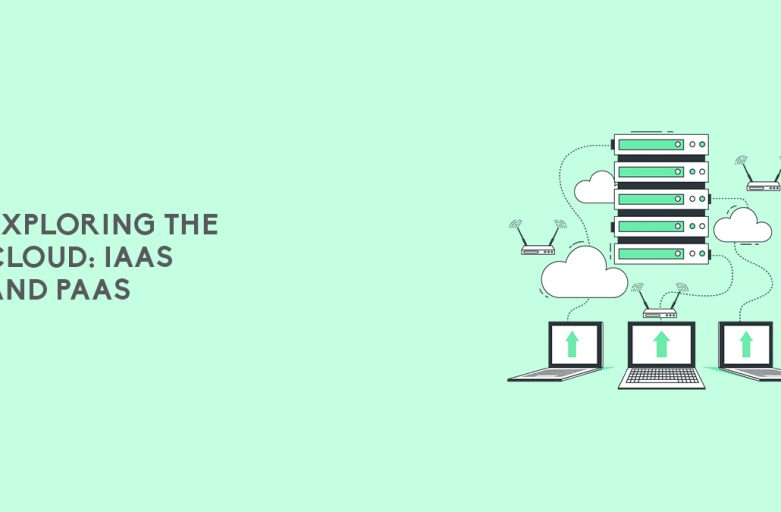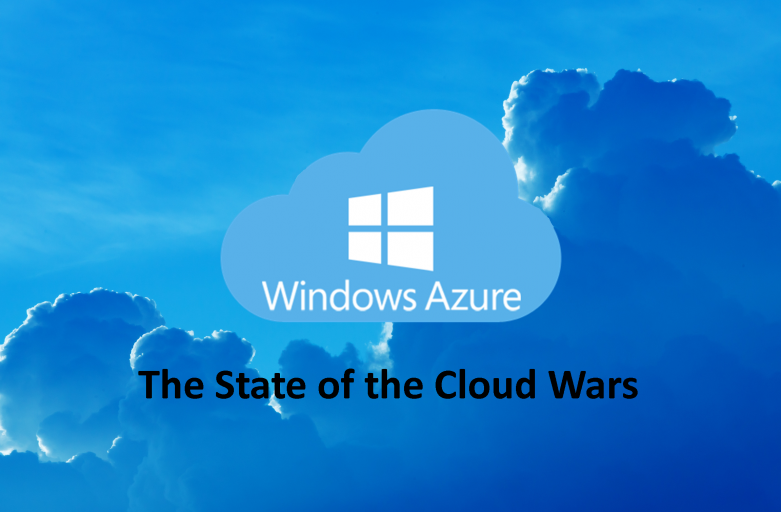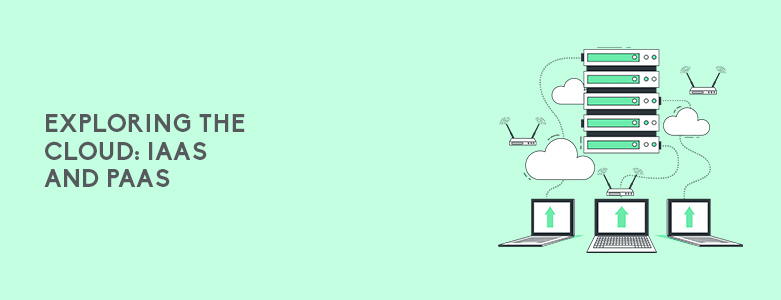
The Cloud as a tool for businesses has gone through many different evolutions to better fit the changing technology standards. This was even more apparent during the past few years where remote work became the only way to conduct business. This was not done through the traditional way of how the Cloud was marketed in the beginning. What businesses adapted were now Cloud Services that allowed them to get the benefits of a Cloud Infrastructure by using existing infrastructure of cloud services.
Cloud services have adopted an abbreviation of “as a Service” or “aaS”, the most popular of services are the Platform as a service (or PaaS) or Infrastructure as a Service (or IaaS). Although they are cloud services, what they deliver to businesses are very different from one another.
Platform as a Service
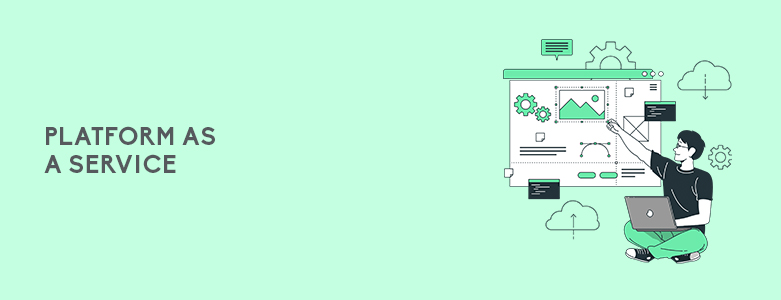
PaaS is a cloud service which integrates cloud components into certain software and is usually used for business applications. PaaS provides a platform where developers can concentrate on software creation without having to worry about the OS, software updates, storage, or infrastructure. Below are a few characteristics of a PaaS that can help you identify it from other cloud services:
- It builds on virtualization technology to increase flexibility in the business when you need to scale up or down resources when the business needs change.
- Provides your business with different services designed to assist the development, testing, and deployment of apps
- Accessible to numerous users via the same development application
- Integrates web services and databases
If you are more interested in knowing what the advantages of PaaS can provide your company, you can refer to the bullets below:
- Simple, cost-effective development and deployment of apps
- Scalable
- Highly available
- Developers can customize apps without the headache of maintaining the software
- Significant reduction in the amount of coding needed
- Automation of business policy
- Easy migration to the hybrid model
Infrastructure as a Service
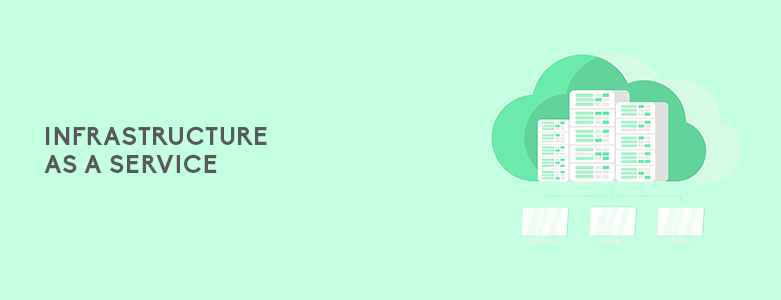
IaaS is a Cloud Service that is made of highly scalable and automated compute resources which are fully self-service to allow accessing and monitoring computers, networking, storage, and other services. Through it, businesses can purchase resources on-demand or as-needed rather than purchasing hardware which can take long or cost more. Below are a few characteristics of IaaS that can help you identify it from other cloud services:
- Resources are available as a service
- Cost varies depending on consumption
- Services are highly scalable
- Multiple users on a single piece of hardware
- Organization retain complete control of the infrastructure
- Dynamic and flexible
There are many advantages to using an IaaS service, below are a few in which may help you decide if it is right for your business:
- The most flexible cloud computing model
- Easy to automate deployment of storage, networking, servers, and processing power
- Hardware purchases can be based on consumption
- Clients retain complete control of their infrastructure
- Resources can be purchased as-needed
- Highly scalable
IaaS vs PaaS
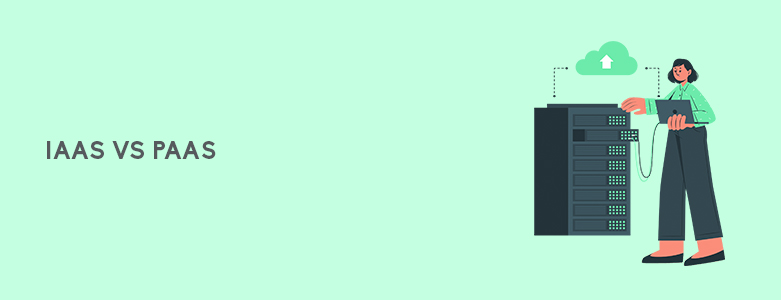
Both IaaS and PaaS are cloud services that help provide your business with its operations using the cloud. The main difference in how they do that is PaaS offers better flexibility and ease of operation whereas IaaS offers administrators more direct control over operating systems.
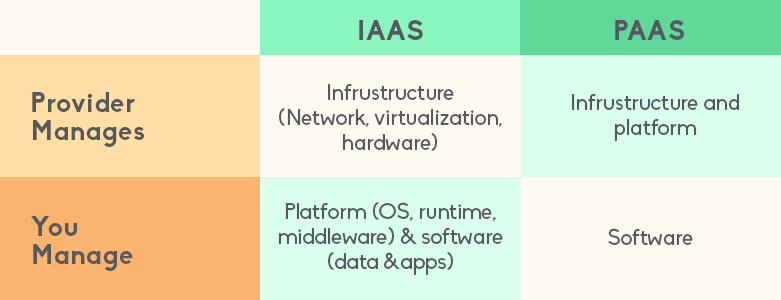
Take for example, if your company is looking into building your own website. IaaS can help your company host it and all your business applications. Example services of this would be Microsoft Azure and Amazon Web Services. PaaS on the other hand, would be used to further enhance your website by designing and installing applications into the site. Example services of this would be Google App Engine and Microsoft Azure.
If you are interested to learn more about Cloud Services, contact us at marketing@www.ctlink.com.ph and we can further go into detail!

